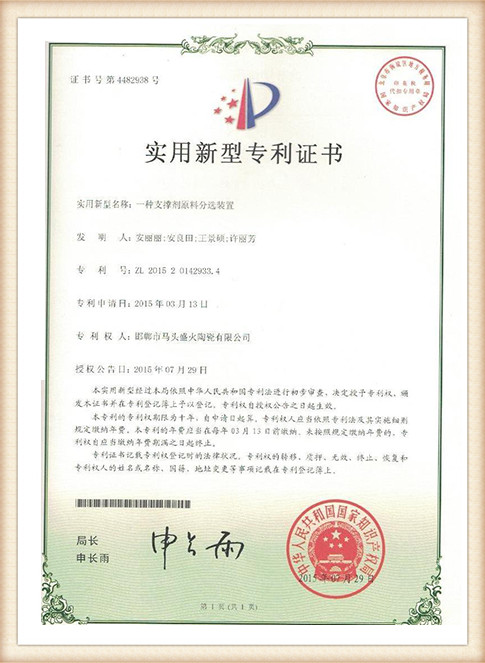Understanding Foundry Sand Composition Key to Quality Casting
Foundry sand plays a crucial role in the metal casting process, serving as a mold material to shape molten metal into desired forms. The composition of foundry sand significantly impacts the quality of the final casting, influencing factors such as strength, permeability, and thermal stability. Typically, foundry sand comprises a mixture of silica (SiO2), clay, and water, each contributing unique properties essential for effective casting.
Understanding Foundry Sand Composition Key to Quality Casting
Clay serves as a binding agent, helping to hold the sand grains together. There are various types of clay used in foundry applications, with bentonite being the most common. Bentonite enhances the plasticity of the sand, allowing molds to maintain their shape under the pressure of molten metal. The amount of clay typically ranges from 5% to 10%, depending on the specific requirements of the casting process. Too much clay can lead to difficulties in mold handling and increased material costs, while too little can result in weak molds.
foundry sand composition

Water is another crucial component, aiding in the formation of a cohesive mixture. The water content must be carefully controlled, as excessive moisture can lead to defects like blowholes or gas porosity in the final casting. Conversely, insufficient water can make the sand too dry, resulting in poor mold stability.
In addition to these primary components, foundry sand may include additives to enhance its properties. These can include materials like coal dust, which helps improve the surface finish of the castings, or chromite sand, which offers superior thermal resistance for high-temperature applications.
In conclusion, understanding the composition of foundry sand is essential for achieving optimal results in metal casting. By carefully balancing each component—silica, clay, water, and additives—foundries can produce high-quality castings that meet stringent industry standards. As technology evolves, innovations in sand composition will continue to enhance casting performance, paving the way for advancements in manufacturing processes.
Post time:تشرینی دووەم . 24, 2024 12:51
Next:Understanding the Process of Sand Sintering and Its Industrial Applications
